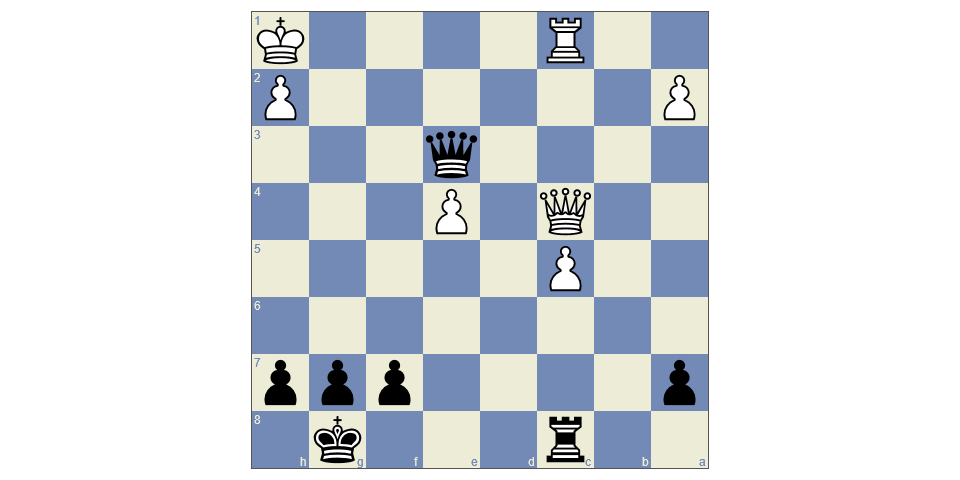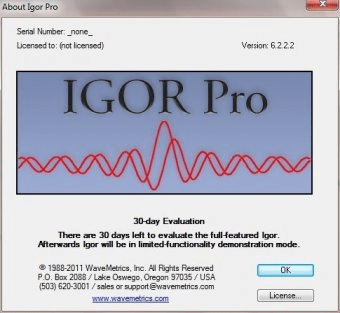

Ringing can vary from annoying to catastrophic in your system performance. In audio and video applications, ringing can audibly affect your outputs. It also creates visible artifacts in video displays. Ripple occurs in the audible range and will be heard in your output. Combine this with any supply rail noise, and you’re likely to have errors and corrupted data.Īudible feedback: A special case of ringing occurs in audio and video applications. You still have all the problems we’ve covered, and the threshold is much lower. If you have digital circuits, ringing is especially damaging. The resolution of your outputs will also be much poorer.

Because you have a lag in output due to the settling time, the vias and responsivity of your circuit board will drop. That can decrease their functionality and lifetime.ĭecreased performance: Along with the accumulated performance drops from the increased current and heating, ringing decreases performance across a range of metrics. Not only does that cause a corresponding increase in power consumed by your product (and shorter battery life), but the components on your ground plane will experience additional, unexpected heating. Increased current flow: Ringing causes increased current to flow through your circuit. This can radiate or conduct across your ground plane, with all the associated performance problems. Increased EMI: Ringing can, and often does, produce noise and interference. Even so, ringing can have some negative impacts on your life and product design. If you don’t suffer an existential crisis because of noisy oscilloscope, that’s great. How does ringing affect my multilayer circuit board? Signal noise caused me a disproportionate amount of angst as an undergraduate, but it can have catastrophic consequences once you’re in industry. On long traces, the cause of ringing is more likely to be signal frequency reflection from an impedance mismatch. A pulse or sudden change in the input causes the parasitic components to resonate at their characteristic frequency domain, creating the ringing effect in your output. If you happen to be working with striplines or microstrips, it’s a little more complicated and I recommend Glen Dash’s page as a starting point for line length and minimizing transmission line effects like ringing.īack to long and short traces… If you have a short trace, ringing is caused by parasitic inductance and capacitance. A rule of thumb is that traces are considered “long” if the round trip propagation time (to the load and back) is comparable to the signal rise time in printed circuits. The source of ringing, besides power supplies, depends on whether your traces are “long” or short. What causes ringing in cross-linking agents? The time it takes for the oscillations to fall within a tolerable error range is called the settling time.īecause of the characteristic shape of the output signal, ringing is sometimes called “ripple.” However, ripple usually refers more specifically to output when using AC switched power supplies, if the supply doesn’t properly or adequately suppress the AC waveform. The oscillation often takes the output signal frequency out of tolerance on both the high and low end, and gradually smooths out.

The oscillation is a response to a sudden change in the input signal, like turning it on or switching. When we’re talking about a Printed Circuit Board or other electronic systems, ringing is a voltage or current output that oscillates like a ripple on a pond when it’s seen on an oscilloscope. Ringing is one of those effects that can be particularly frustrating for product performance. It’s a good thing that my freshman self didn’t know that was just the beginning of my distress over signal frequency noise and artifacts. I felt a profound sense of unease that something so innocuous in our lives could be so.messy. I remember seeing the original jumpy signal and then the debounced output on the screen of an oscilloscope. In my very first electrical engineering lab, we built a printed circuit to debounce the output of a switch. Digital circuits are particularly sensitive to ringing effects.


 0 kommentar(er)
0 kommentar(er)
